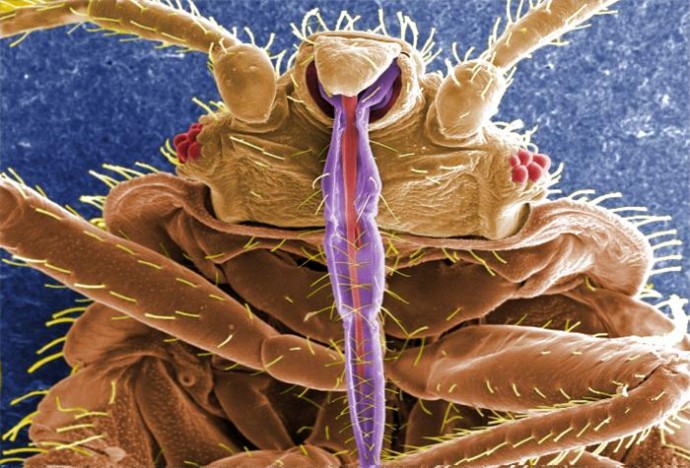

Many people are familiar with the term bed bugs, but since they have been well controlled in the West for many years now, people are often unfamiliar with precisely what these insects are. Many of us will never encounter this tiny, blood sucking insect within our own homes, but when moving and traveling the possibility of contact with bed bugs is significantly increased.
What are bed bugs?
The term ‘bed bugs’ covers several types of insects of the same family; with different types found in North and South America, Europe, Africa and so on. The bed bug is a small reddish-brown insect, around 4-5mm long when mature. Because these creatures often live in beds when infesting the home, the term bed bug became the common term for this insect. Click here for bedbug pictures
The impact of bed bugs
Bed bugs are a nuisance because they suck the blood of humans, leading to irritation of the skin, as well as allergies, rashes and psychological disturbance. Skin irritations caused by bed bugs rarely cause long term harm, but they can be unpleasant. If the person bitten suffers an allergic reaction, this is potentially much more serious. The most effective solution is to eliminate the bed bugs as quickly as possible to avoid the ‘bites’ that lead to these conditions.
Lifecycle and eradication of bed bugs
Beg bugs can live in quite a broad range of conditions, from sub zero temperatures through to 100 degrees Fahrenheit plus. They are often nocturnal and they inhabit beds and sleeping areas in the house. In order to eradicate these pests, the best option is to be thorough. They will get into all sorts of nooks and crannies, so make sure you spray surrounding areas, vacuum and dust, taking care to clean underneath and behind drawers and dressers, vacuum all upholstery, carpets and the top and underside of rugs. Rubbing alcohol is often a good immediate solution to kill the insects instantly, but these additional steps, together with professional extermination, will ensure all residual outbreaks are avoided.
Trouble spots for bed bugs and how to handle them
As mentioned, many people don’t experience problems with bed bugs in their own home, however when moving to college, traveling or moving home, the likelihood of being troubled by bed bugs increases. To avoid problems with these pests, make sure that you seal up any places where the bugs are likely to be hiding. Sealing cracks in walls and dusting at the edges of carpets and cleaning all upholstery, bedding and thoroughly cleaning your bed, will ensure that you prevent the bed bugs from returning.
Understanding exactly what bed bugs really are is the key to managing these pests, taking steps to eliminating them from your home and to avoid having them cause you any inconvenience while you are traveling. You can take precautions against your home being overrun with the bugs and avoid the unpleasant impact that the bugs can have, such as bites, rashes and allergic reactions that bed bugs can cause.